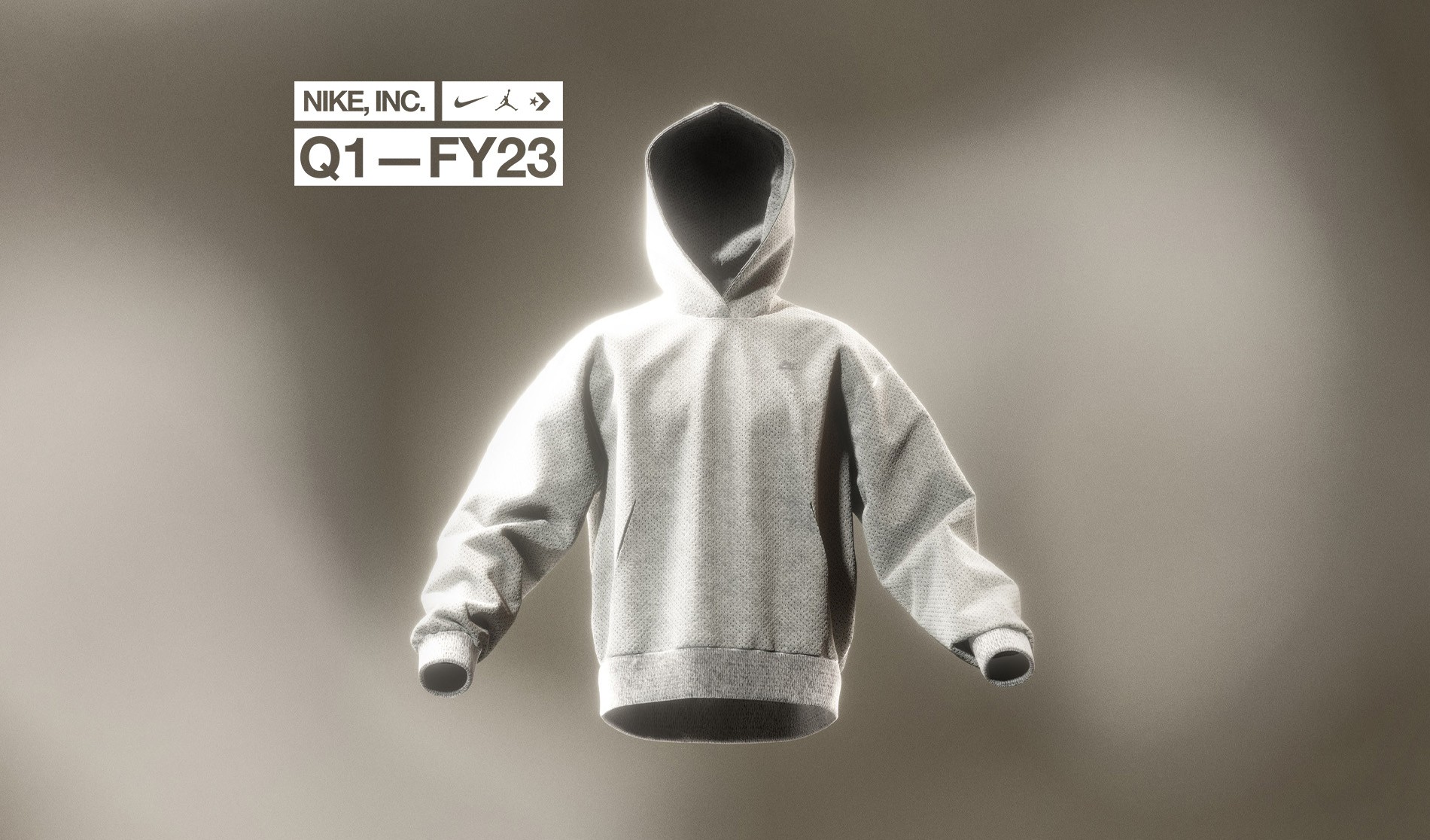![]()
Nike’s share price took a tumble on this note from Nike’s Balance Sheet
- Inventories for NIKE, Inc. were $9.7 billion, up 44 percent compared to the prior year period, driven by elevated in-transit inventories from ongoing supply chain volatility, partially offset by strong consumer demand during the quarter.
I’m not diminishing that taking on this type of inventory is problematic. If it were any other company outside of Nike, I’d be worried, but Nike just recently went through a spike in inventory situation in the process of moving from Futures to Nike Direct/Nike Consumer Direct Offense. In 2016 and 2017 I was sharing data and info with an analyst at Susquehanna. Wall Street was worried about Nike removing Futures and they thought the bankruptcy of The Sports Authority would weigh heavily on the company. A prominent analyst at the NPD group claimed that Nike’s Flash Sale online (2017) was evidence of their problems. I explained that it was a strategy to enroll people into Nike’s digital eco-system as the company moved closer to the consumer:
The Nike Flash Sale Is an Extension of the Consumer Direct Offensive | Marketing
I was building a narrative around Nike’s Direct to Consumer strategy that began with a prediction I made in 2016. My prediction was rooted in the acquisition of inventory from Nike and the year over year increase in sales of Nike products. As the company was shifting strategies, their stores were flooded with inventory. I was adamant about Nike’s success although the Q416 Balance Sheet showed: “Inventories for NIKE, Inc. were $4.8 billion, up 12 percent from May 31, 2015, driven by a 6 percent increase in NIKE Brand wholesale unit inventories, increases in average product cost per unit, and growth in our DTC business, partially offset by changes in the value of inventories due to foreign currency exchange rates.” The 12% was considerable and this gave Wall Street a serious pause. I was not worried because I could see in real time what was happening because of the resale numbers. (It should always be noted that the resale data I utilize mirrors retail and does not feature hyped releases, but general release product.)
Traditional resale was taking a hit during the years of 2016 and 2017. adidas was strong and surprise models from New Balance and Under Armour were performing fairly well. So, while the Q416 Balance Sheet showed a 12% increase, the continued increase in Q1 2017 really gave Wall Street a reason to discuss Nike’s removal of Futures as problematic. In 2017, “Inventories for NIKE, Inc. were $4.9 billion, up 11 percent from August 31, 2015, driven by a 3 percent increase in NIKE Brand wholesale unit inventories, increases in average product cost per unit, and growth in the DTC business.” In essence the compounded total for inventory was 23% for almost a year.
This is much lower than 44% right now, but the supply chain has been inconsistent and is easily contributing to the inventory issues. Like 2016 and 2017, Nike’s reduction in wholesale to Foot Locker is an adjustment comparable to losing The Sports Authority and remember Nike is still adjusting to the closure of accounts over the last two years. It’s almost the identical situation to 2016, with Covid as a kicker and a potential railroad strike that was averted while a Port Strike on the West Coast still looms. To imply that Nike is facing headwinds due to inventory doesn’t sync up with sales on Nike product over the last month and a half using real time data. While resellers will say Nike is slowing down, and shoes “sitting” on walls might give the appearance that the Swoosh is suffering, I (keyword I) see a parallel and maybe you see it now as well.


